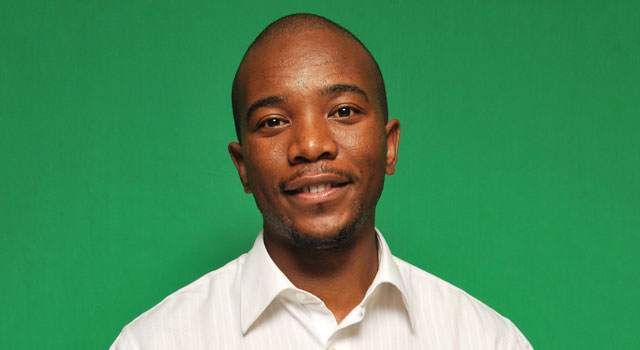
The Democratic Alliance would do away with the separate departments of telecommunications & postal services and communications and fold them into a new economic infrastructure ministry if the party were to come to national power.
DA leader Mmusi Maimane on Thursday outlined the party’s plan for a “streamlined and service delivery-orientated” government made up of just 15 cabinet ministers. He made the remarks in a speech delivered at the Cape Town Press Club.
Under the party’s proposal, the new economic infrastructure ministry would encompass the mandates of the telecoms and communications departments, as well as the public sector ICT management programme of the department of public service & administration; the State Security Agency’s national communications centre; and the ministry of transport.
In a document outlining its plans, the DA said the aim of the new super-ministry would be to combine and streamline the efforts of the above ministries, all of which contribute to the basic conditions of South Africa’s business environment.
“This ministry would focus its efforts on improving access to ICT and improving transport infrastructure and security for economic growth. To this end, both the departments of communications and telecoms & postal services would be collapsed, re-imagined and renamed the department of ICT. This department would regulate, develop and legislate all of the infrastructure that ICT runs on in the country,” the party said.
The SABC would be privatised and sold off in various commercial entities, with licence conditions which would still mandate them to produce radio and television content that would be geared towards public benefit and not just profit, it said. Communications regulator Icasa and Competition Commission would be mandated to oversee the process to ensure diversity of ownership and voices, the DA added.
In his speech, Maimane said that if the DA were to come to power, it would save R4,6bn/year by re-organising the executive arm of government into a “streamlined, delivery-orientated cabinet of 15 ministries”.
“We need to cut the fat. And we can start by re-configuring ministries and departments with the single-minded objective of boosting economic growth and creating jobs,” he said.
He said the size of the cabinet has swelled from 16 ministries in 1996 to 35 ministries today. “Ours is one of the largest cabinets in the world. Not only do we have a president, a deputy president and 35 ministers, we also have 37 deputy ministers. That’s an executive of 74 people.”
Under the DA plan, cabinet would be reduced to the following 15 ministries: employment & enterprise; economic infrastructure; finance; basic education; further education, skills & innovation; health & social development; integrated planning & service delivery; police; local & provincial government; home affairs; agriculture & land reform; justice & correctional services; environment; foreign affairs; and defence.
“Some of our ministries, such as finance, police, home affairs and defence, would remain unchanged, but others would be completely re-assembled from existing ministries to ensure a streamlined and efficient focus,” Maimane said.
“For example, our brand new employment & enterprise ministry would be made up of trade & industry, small business development, economic development, mineral resources, tourism and labour. This ministry would have one goal, and that is to grow jobs.” — © 2016 NewsCentral Media




